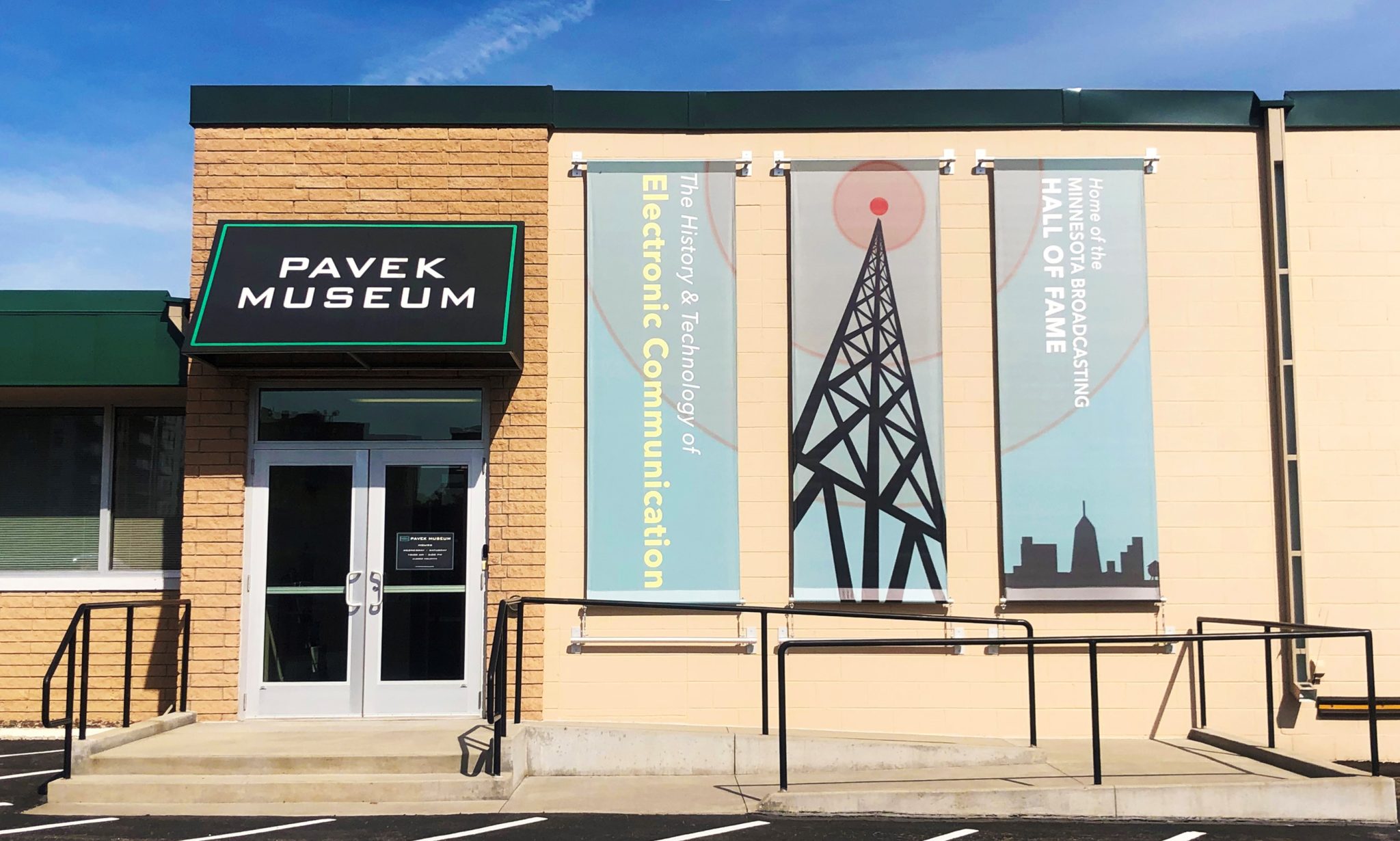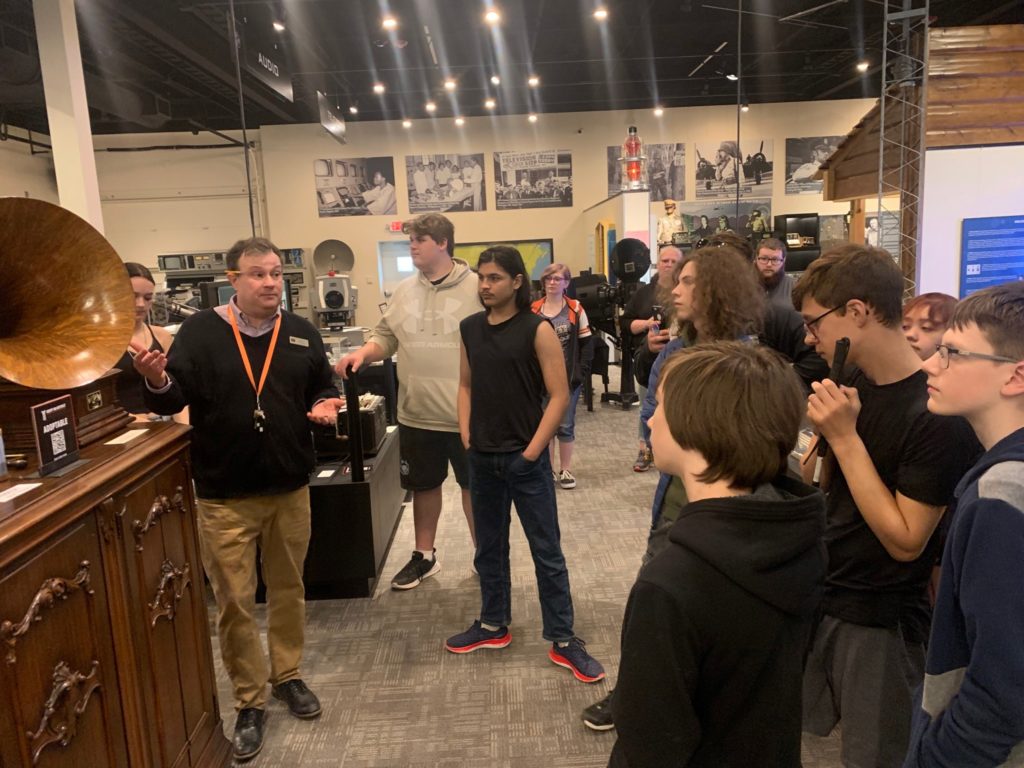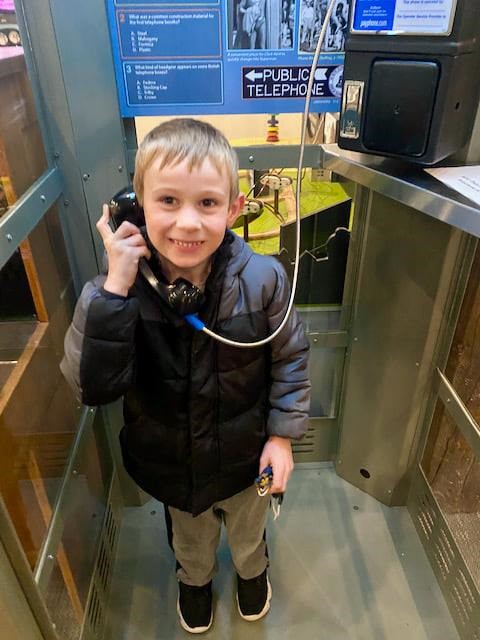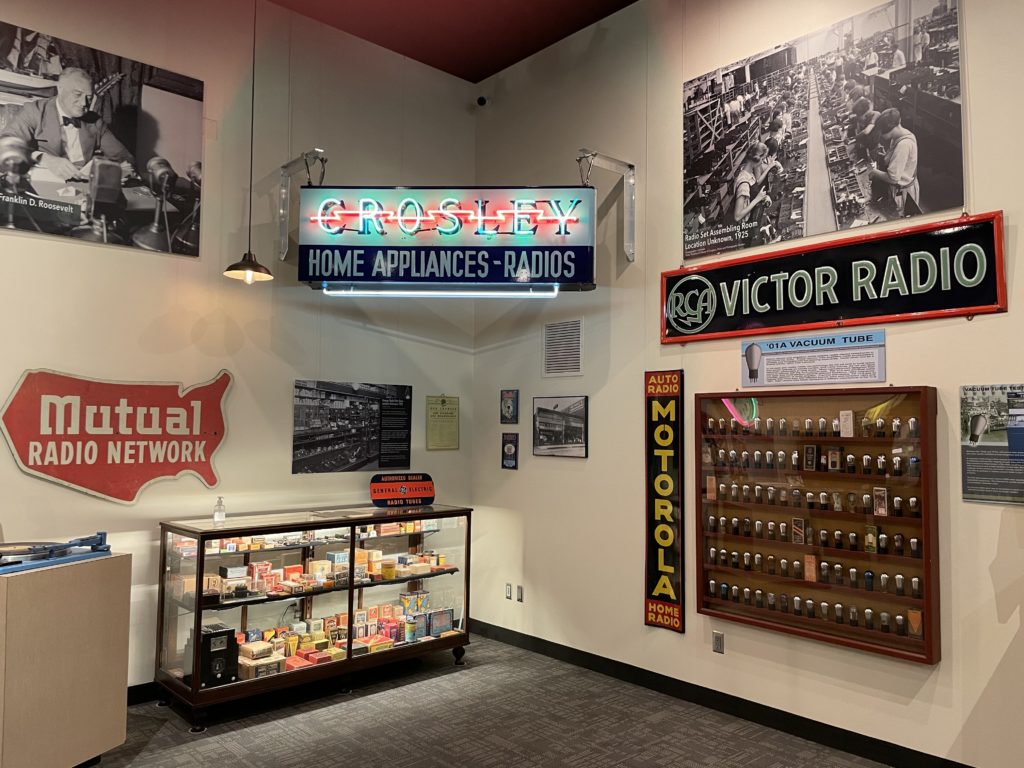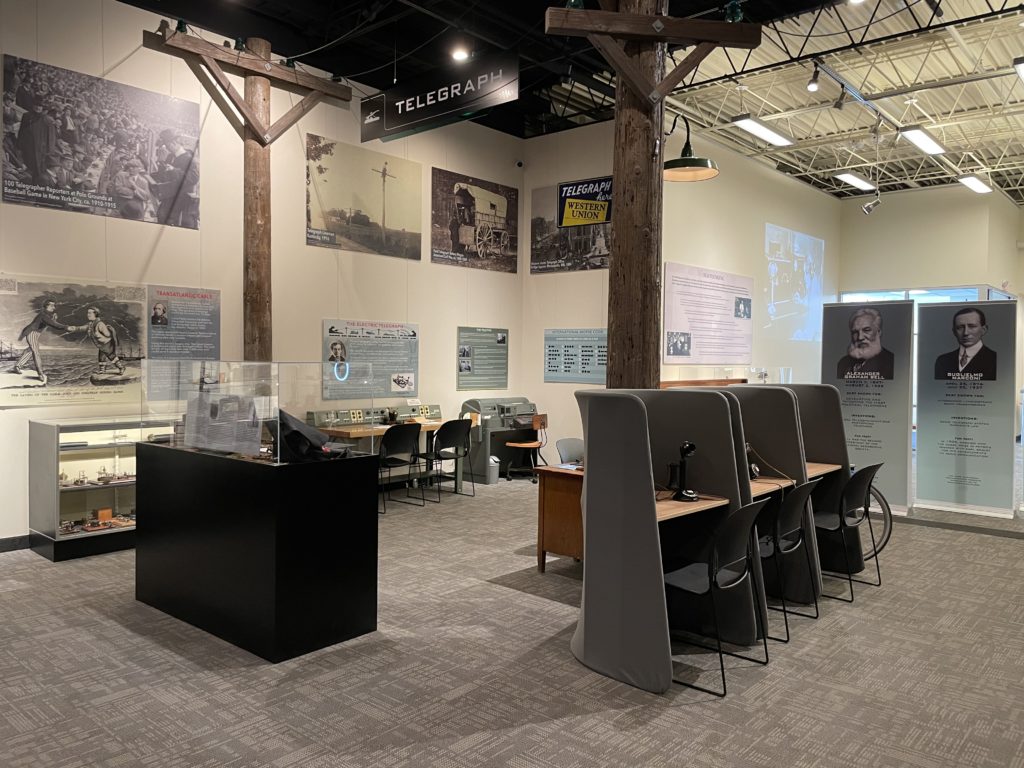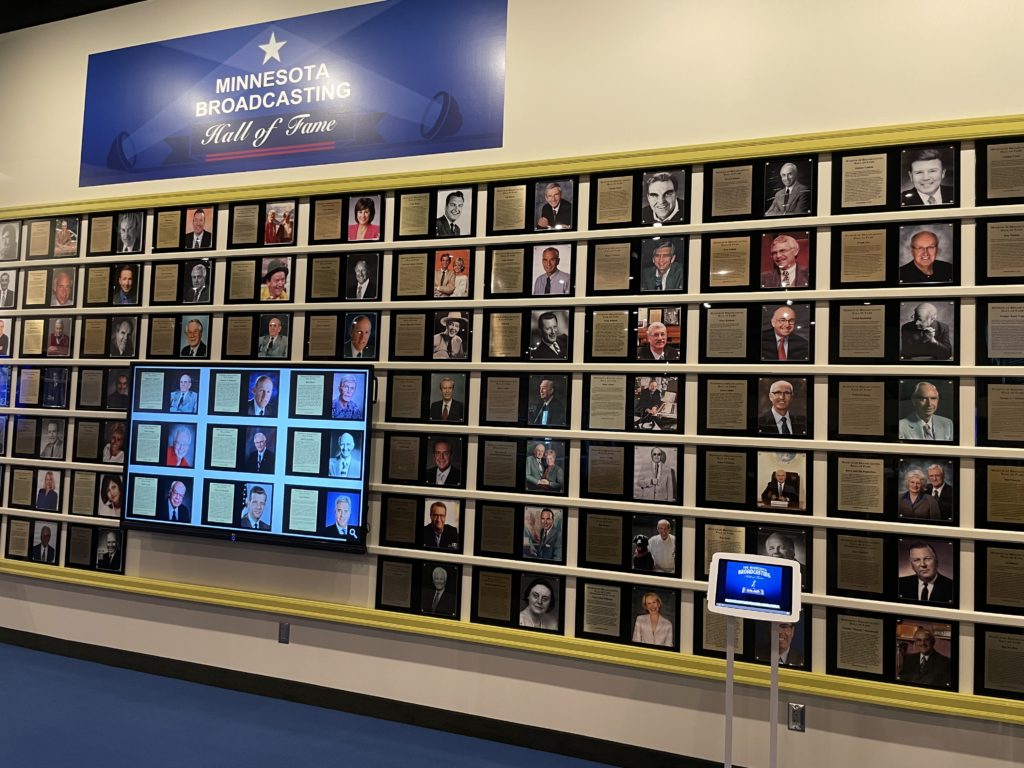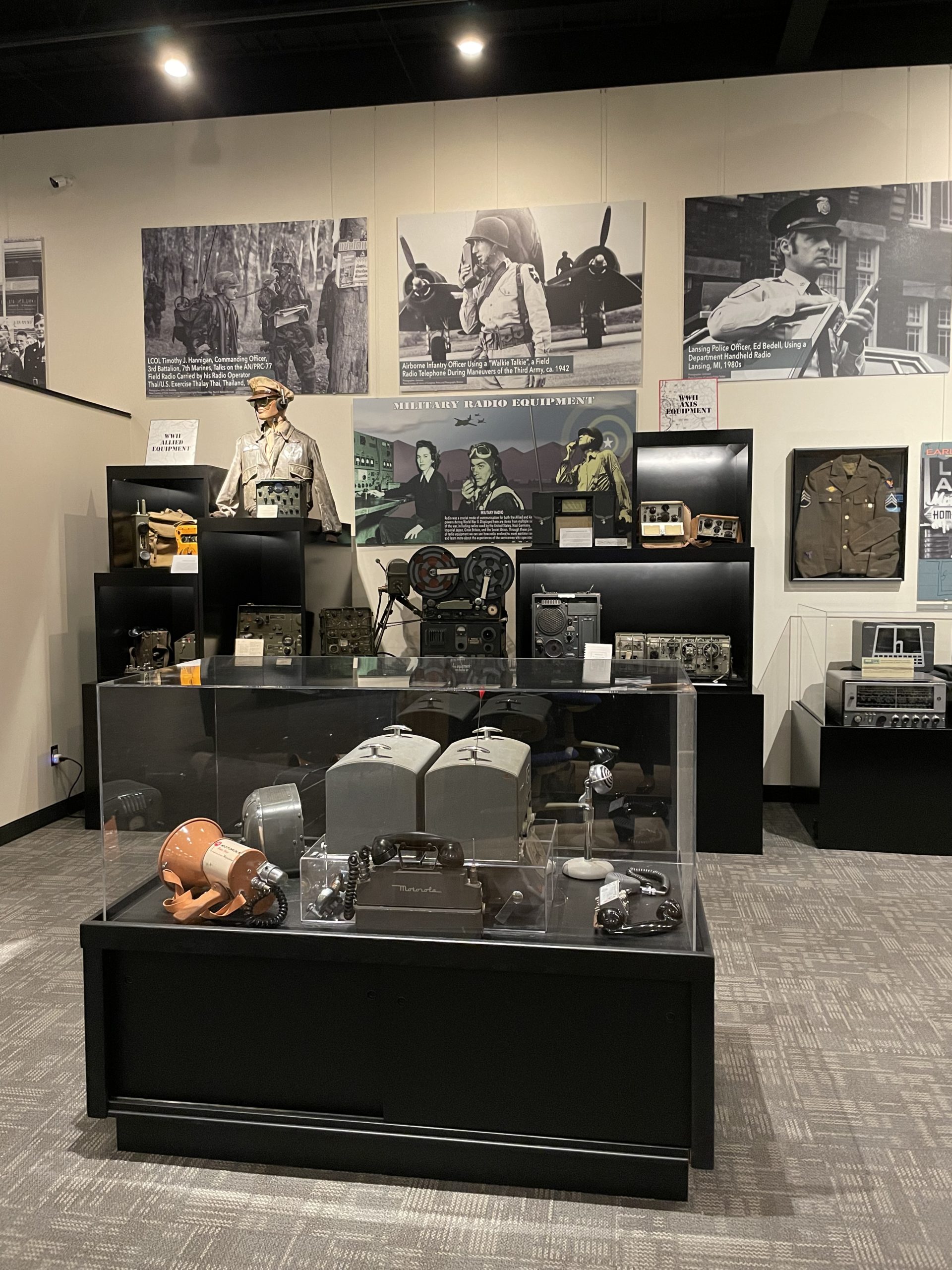
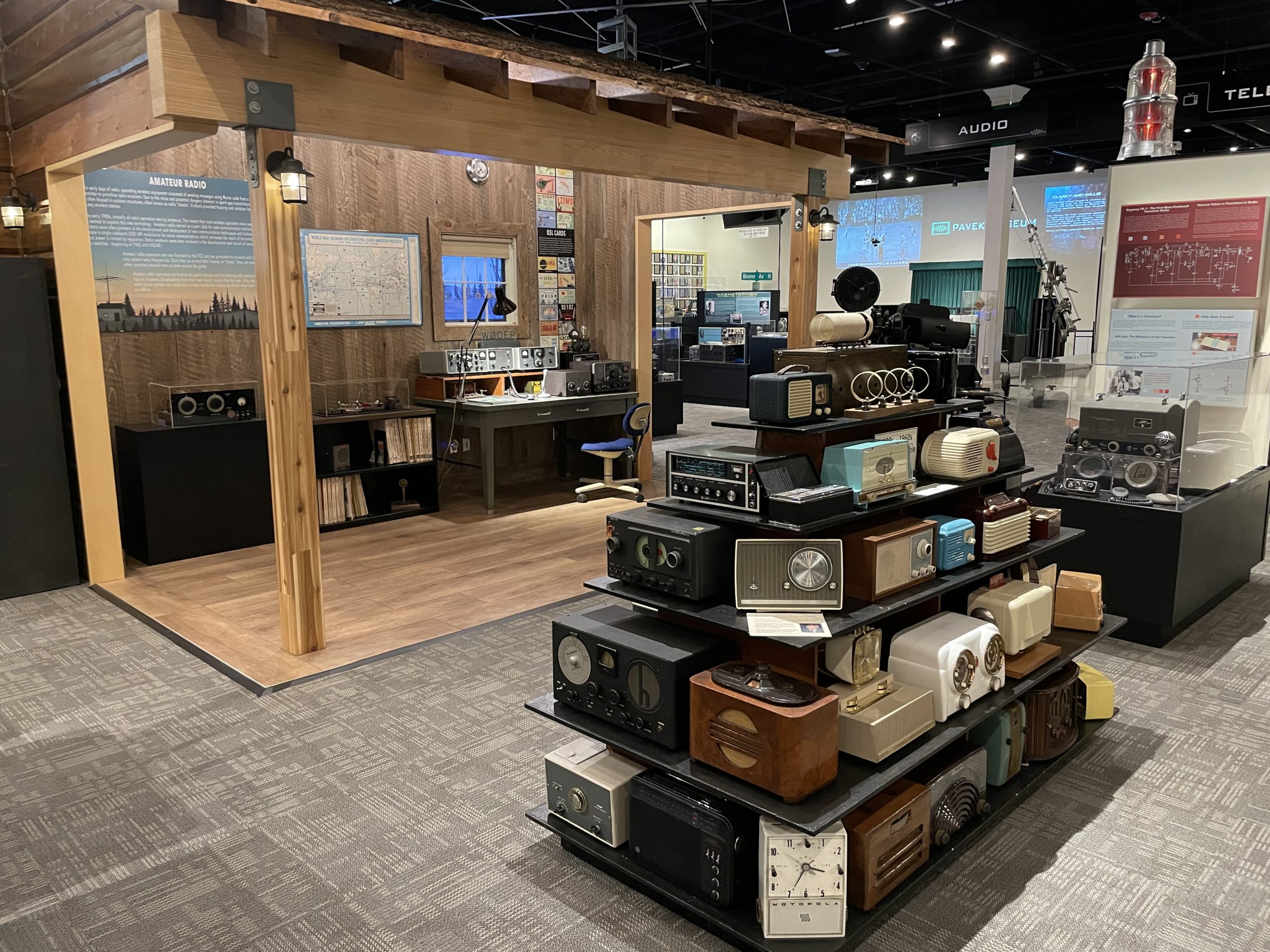
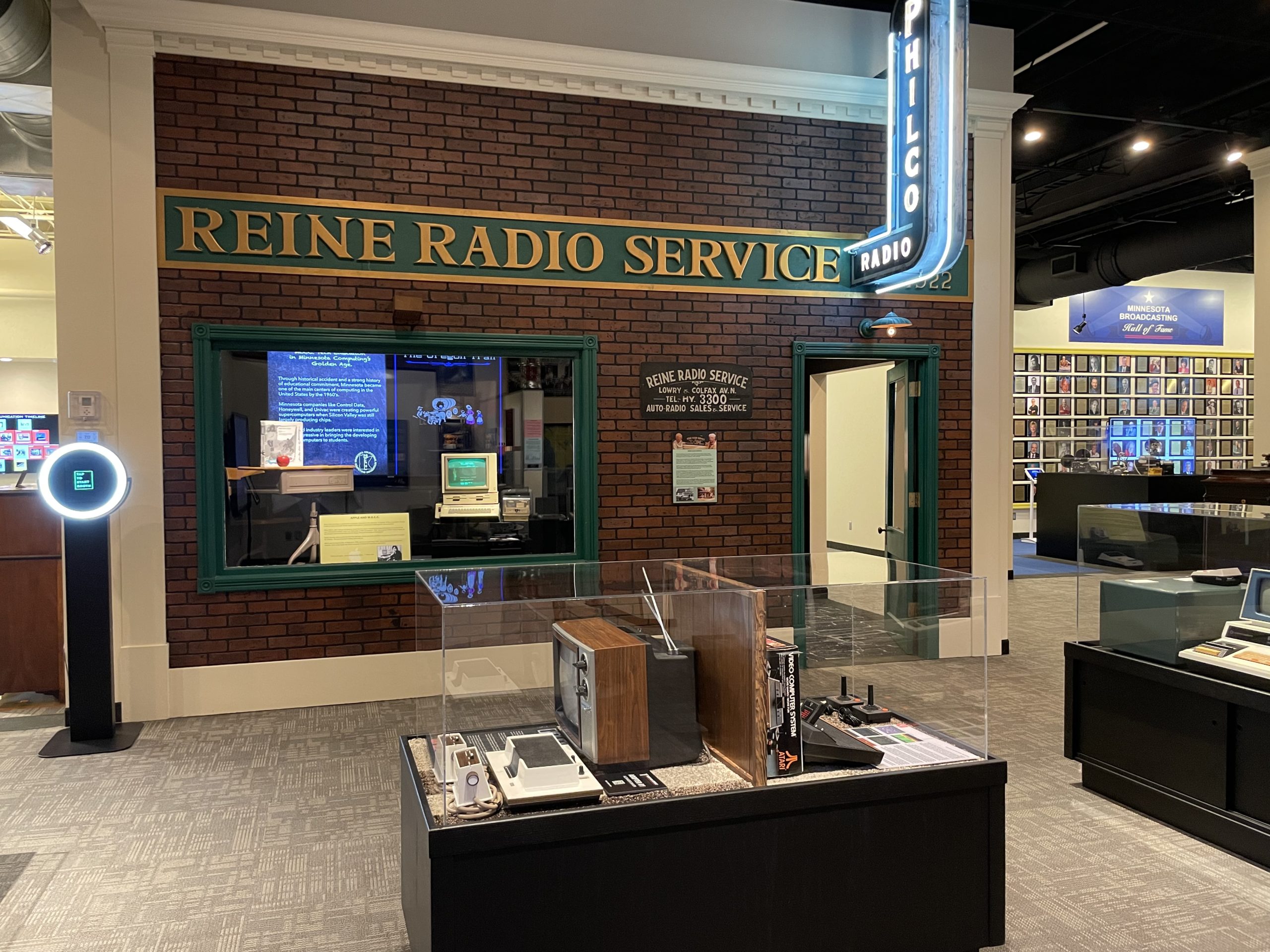
The Collections
The museum’s Minnesota Collection represents more than thirty radio and television manufacturers that did business in Minnesota in the 1920s. They also have many examples of historic broadcast equipment on display – cameras, consoles, microphones, and more.
The John T. “Jack” Mullin Collection documents the history of recording technology. During WWII, Mullin served in the Signal Corps in Europe and was able to bring back two AEG Magnetophon tape recorders from a German radio station. Upon his return, he was hired by Bing Crosby to record Bing’s popular radio program, which was the first use of tape recording in American broadcasting. The Pavek acquired Mullin’s famous collection in 1990.
Other collection highlights include an RCA Theremin, a Spark Gap Generator, and a Philco Mystery Control Radio.
The museum is also home to the Minnesota Broadcasting Hall of Fame, honoring the personalities who make the equipment come alive. In addition, they have a vast library of technical and service information on electronics and electronic communication that is a wonderful resource for students, hobbyists and historians.
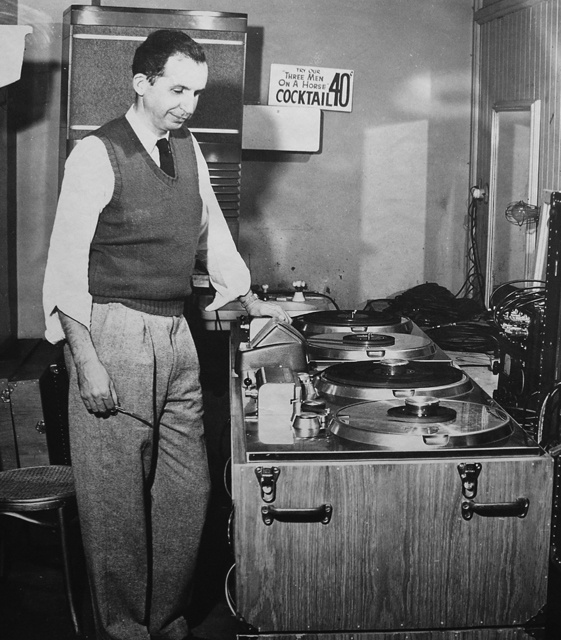
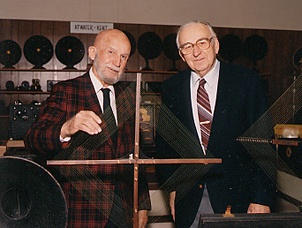
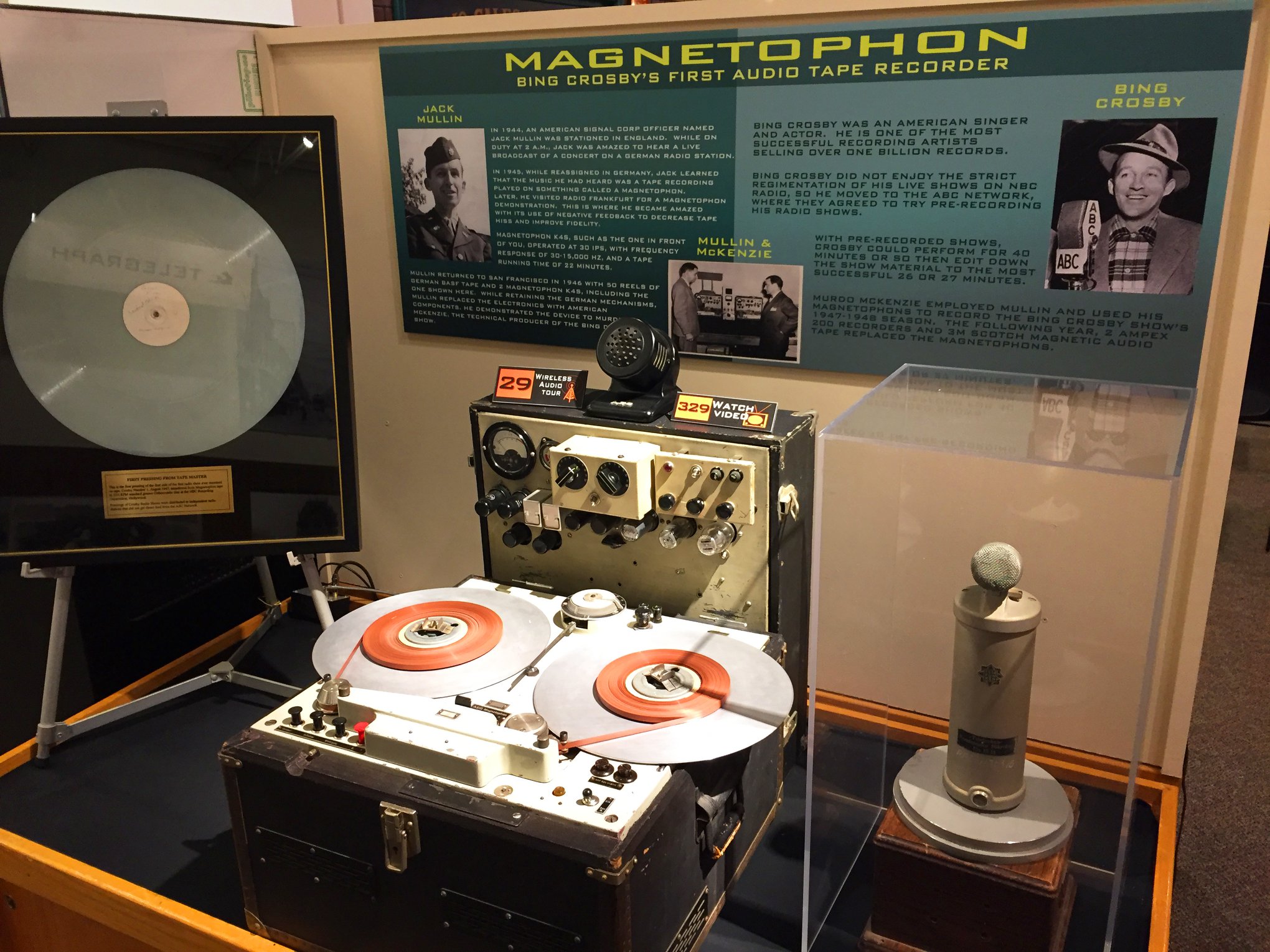
History of the Pavek
Joe Pavek started his collection in 1946, when he was an electronics instructor for Dunwoody Institute. Concerned about some of the beautiful radios being torn-apart by the students as they learned their trade, he decided to take one home to save it from destruction. From that point on, he never stopped collecting. Joe eventually went on to start his own business, Twin City Nut and Bolt. As his business grew, he began calling on customers in neighboring states. The more he traveled, the more old radios he discovered. He stored his many finds at his business.
By the 1970s, he was ready for someone else to take over his collection and share it with the public. In 1984, with the collection set to be sold at auction, Earl Bakken, co-founder of Medtronic and inventor of the wearable pacemaker, stepped in. Earl had put himself through college fixing radios and televisions. He shared Joe’s passion for old radios and saw the educational potential of the collection.
Earl Bakken, Joe Pavek, and Paul Hedberg of the Minnesota Broadcasters Association got together and formed the non-profit organization that would become the umbrella for the museum. The Pavek’s grand opening was held on October 29, 1988, which coincided with the fiftieth anniversary of the War of the Worlds broadcast. Less than a year later, Joe Pavek passed away at 81 years of age.
Earl Bakken encouraged the museum to use the collections to educate children. In 1991, they started their Broadcast Experience, where students learn about the history of electronic communication while creating their own 1960s-style radio broadcast. They also offer workshops on coding and electromagnetism. Since that time, museum staff have performed more than 5,000 workshops for over 100,000 school children.
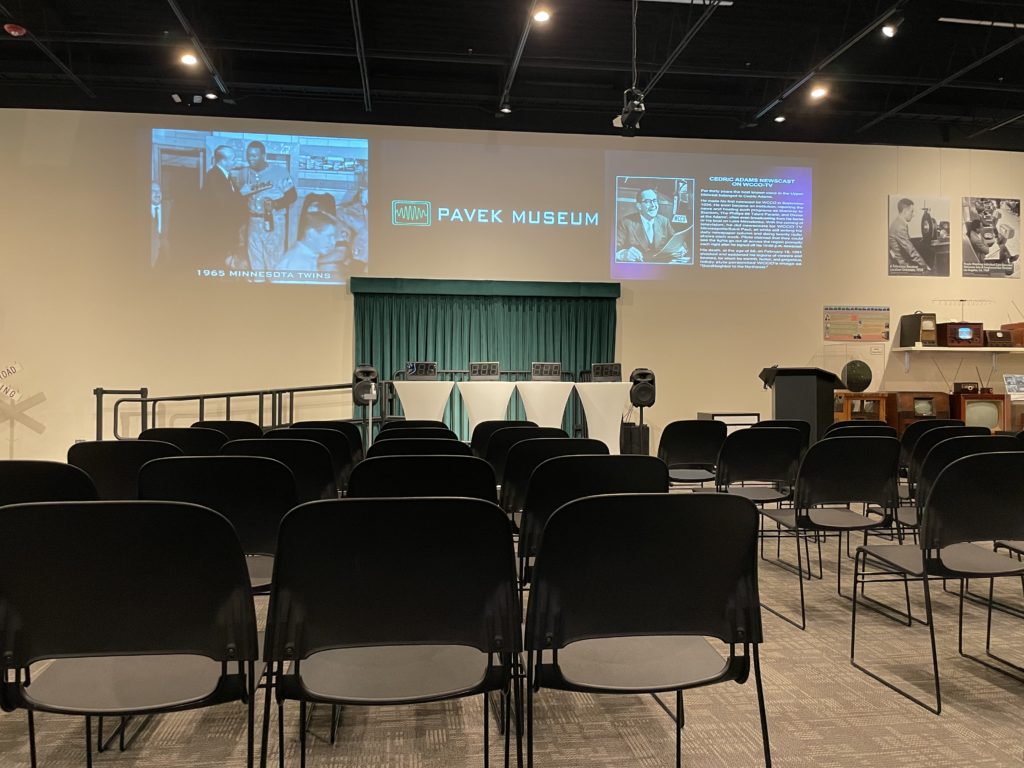
Events
Rent a museum for your next event! (Please note that the exhibit collection can only be demonstrated by a museum staff member.) For more information, email Kaeleen Laird kaeleen@pavekmuseum.org.







